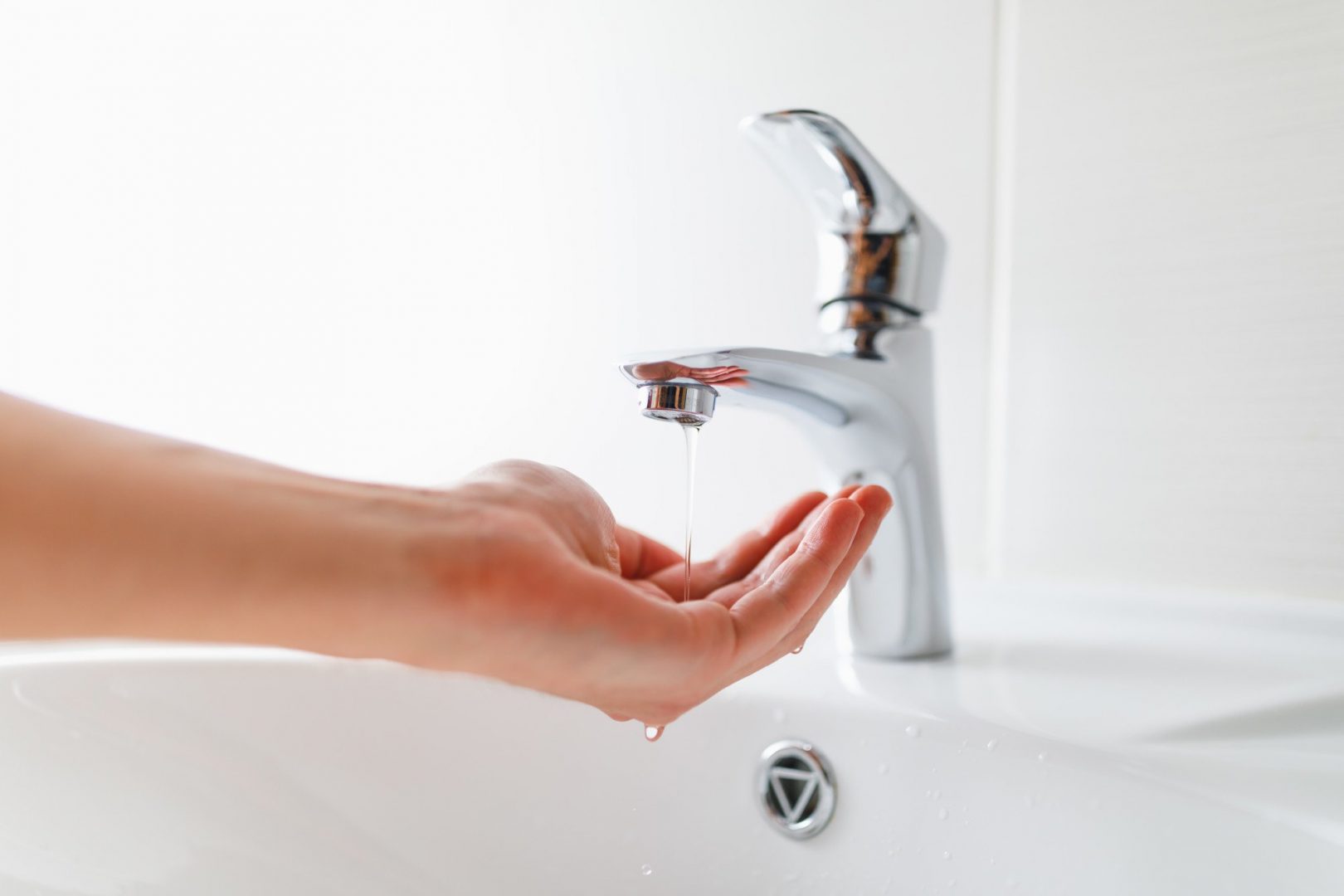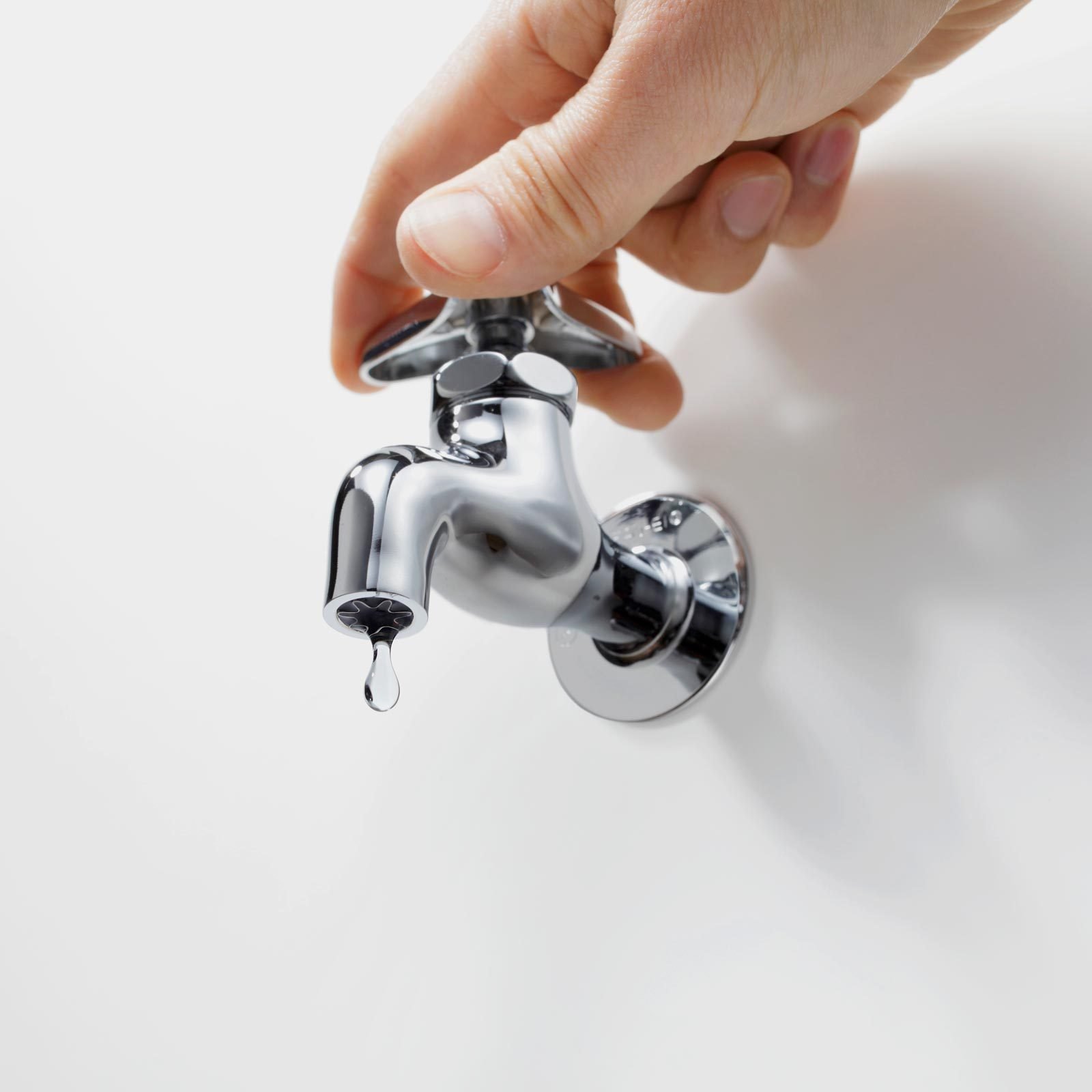What a Damaged Faucet Matters
What a Damaged Faucet Matters
Blog Article
We've found this article on Potential Health Risks Associated With Leaky Faucets down the page on the internet and decided it made sense to quickly share it with you on my blog.

Introduction
A leaking tap might look like a small inconvenience, however its repercussions prolong much beyond the periodic drip. Comprehending the effects of a leaking tap is critical for both homeowners and the environment. In this article, we'll explore the various influences of this typical home issue and why addressing it promptly is important.
Sources Of Leaky Faucets
Leaking taps can arise from a variety of factors, consisting of wear and tear, high water stress, and rust. Over time, the constant use taps can result in worn-out seals and gaskets, causing leakages to develop. Additionally, too much water pressure can place stress on plumbing fixtures, resulting in leakages. Corrosion and corrosion can additionally weaken tap components, making them vulnerable to leak.
Water Wastefulness
One of one of the most significant effects of a leaking tap is water wastefulness. Also a tiny drip can amount to gallons of drainage in time. This not only drives up water bills however additionally adds to water shortage and environmental destruction. Dealing with leaky taps quickly is vital for saving this valuable source and minimizing its effect on the world.
Financial Effect
In addition to drainage, dripping taps can additionally have a significant economic effect. Raised water expenses are a direct repercussion of water wastefulness, costing house owners thousands of bucks every year. Additionally, the expense of repairing water damage brought on by leaks can be significant, especially if left ignored for a prolonged duration.
Ecological Impact
The environmental impact of leaky faucets expands past water wastage. By preserving water, property owners can contribute to wider efforts to minimize water scarcity and shield natural ecological communities. Sustainable options such as rain harvesting and water-efficient components can additionally reduce the ecological impact of household water use.
Technical Solutions
Developments in modern technology have caused the development of wise faucets and water-saving tools that help decrease water waste. Smart taps make use of sensing units to identify activity and readjust water flow accordingly, minimizing waste without sacrificing ease. Water-saving devices such as aerators and low-flow showerheads are also effective in conserving water without compromising performance.
Global Point of views
While leaking taps may seem like a local issue, they contribute to wider global challenges such as water shortage and climate modification. In regions currently facing water tension, every decline counts, making leak avoidance and repair essential. By embracing water-saving methods and buying lasting innovations, property owners can play their part in addressing these pushing worldwide issues.
Regulative Measures
Federal government regulations play a vital role in reducing the influence of leaky faucets and advertising water conservation. From constructing codes that need water-efficient components to water-saving rewards and refunds, policymakers have a variety of tools at their disposal. By applying and enforcing these guidelines, governments can ensure that house owners prioritize water preservation in their daily lives.
Neighborhood Impact
Addressing dripping taps needs collective initiatives at the neighborhood level. By elevating recognition regarding the importance of water conservation and giving sources for leak detection and repair service, neighborhood authorities can equip homeowners to act. Initiatives such as water-saving rebate programs and leakage detection projects can incentivize actions change and promote liable water usage.
Situation Studies
Real-life instances of the impact of leaking taps highlight the importance of positive upkeep and prompt repair services. From water damages to increasing water expenses, the effects of disregarding leaks can be extreme. By sharing these case studies, home owners can much better comprehend the value of dealing with dripping faucets promptly.
Educational Campaigns
Educational projects play an essential function in increasing awareness concerning the impacts of leaky taps and promoting water preservation methods. Via workshops, seminars, and on the internet resources, homeowners can discover just how to find and fix leakages themselves. By encouraging individuals with knowledge and tools, educational projects can promote a culture of liable water use within communities.
Health and wellness Issues
Leaky taps can produce favorable environments for mold and mold development, presenting health risks to occupants. The visibility of mold and mildew can aggravate respiratory issues and allergic reactions, particularly in vulnerable individuals. In addition, water damage arising from leakages can compromise the structural integrity of structures and lead to costly repair work.
DIY vs. Expert Repair
When confronted with a leaking faucet, house owners often question whether to try fixings themselves or employ an expert plumber. While DIY repair services can conserve cash, they might not constantly resolve the hidden concern efficiently. Professional plumbings have the competence and equipment to detect and take care of leakages correctly, ensuring lasting options and comfort for homeowners.
Preventive Measures
Stopping dripping taps needs routine maintenance and positive measures. Basic jobs such as changing damaged washers and seals can prevent leaks from developing. Additionally, updating to top notch fixtures and decreasing water stress can aid lengthen the lifespan of faucets and minimize the threat of leakages.
Verdict
To conclude, the impacts of a leaking faucet extend far past the periodic drip. From water wastage and raised water bills to wellness worries and ecological influence, the repercussions of overlooking leakages can be significant. By addressing dripping faucets without delay and embracing water-saving methods, homeowners can minimize these impacts and contribute to a much more sustainable future.
Why You Shouldn’t Ignore a Leaky Faucet in Your Home
What Causes a Leaky Faucet?
Various factors can cause a leak, from loose and worn-out parts to corrosion. Your faucet has four essential components from which most plumbing issues will stem: the O-ring, the valve seat, the washer and the gasket.
What Is an O-Ring?
The O-ring is a stem screw that fastens parts of the faucet in place, preventing water from leaking out of the spout. Depending on your faucet type, the stem might have multiple O-rings. Water will drip from the faucet’s handles and base if this part breaks or deteriorates.
What Is a Valve Seat?
The valve seat controls the flow and temperature of the water. Found at the base of the handle, it works as a seal for the faucet’s stem. The valve seat ensures the water is allowed to flow or is blocked as the handles dictate. You’ll know it’s malfunctioning when water leaks from your faucet’s sides.
What Is a Gasket?
The gasket is found between the water inlet and the valve stem. It creates a seal between the faucet and the sink, holding its joints by aerators attached to the stem’s head. Water will trickle out from the base if the gasket isn’t working.
What Is a Washer?
The washer secures the handles and prevents leakage, serving a similar purpose to the O-ring. While the O-ring is ordinarily round and made from an elastic material, such as rubber, the washer is square-shaped and composed of brass, copper and other hard metals. If it malfunctions, corrodes or has been improperly installed, water will leak out of the handles, causing that incessant faucet drip.
Why Is a Leaky Faucet Dangerous?
A leaky faucet left alone for too long can have significant consequences.
Pest Infestations
Since bugs and rodents gravitate towards the scent of water, a leaky faucet will draw pests to your sink. Both are looking for leaks accessible through crawl spaces, which a faucet provides. If you leave water dripping for too long, you run the risk of an infestation.
Rust
If one of the faucet parts has started to corrode, the resulting rust can spread to your pipes and valves with startling speed. The rust might even lead to cracks or other impairments, resulting in more severe plumbing issues.
Your sink could also sustain damage from a leaky faucet. The water in your tap possesses sparse elements of calcium and iron that can stain your sink with repeated and prolonged exposure. Once those elements in the water have been open to the air for some time, your sink will start to rust, creating marks that can be difficult to remove.
https://www.tomsmechanical.com/blog/why-you-shouldnt-ignore-a-leaky-faucet-in-your-home

As a devoted reader about Health Risks Posed by Leaking Faucets, I was thinking sharing that excerpt was really useful. Are you aware of another person who is very much interested in ? Take a moment to promote it. I value your readership.
Report this page